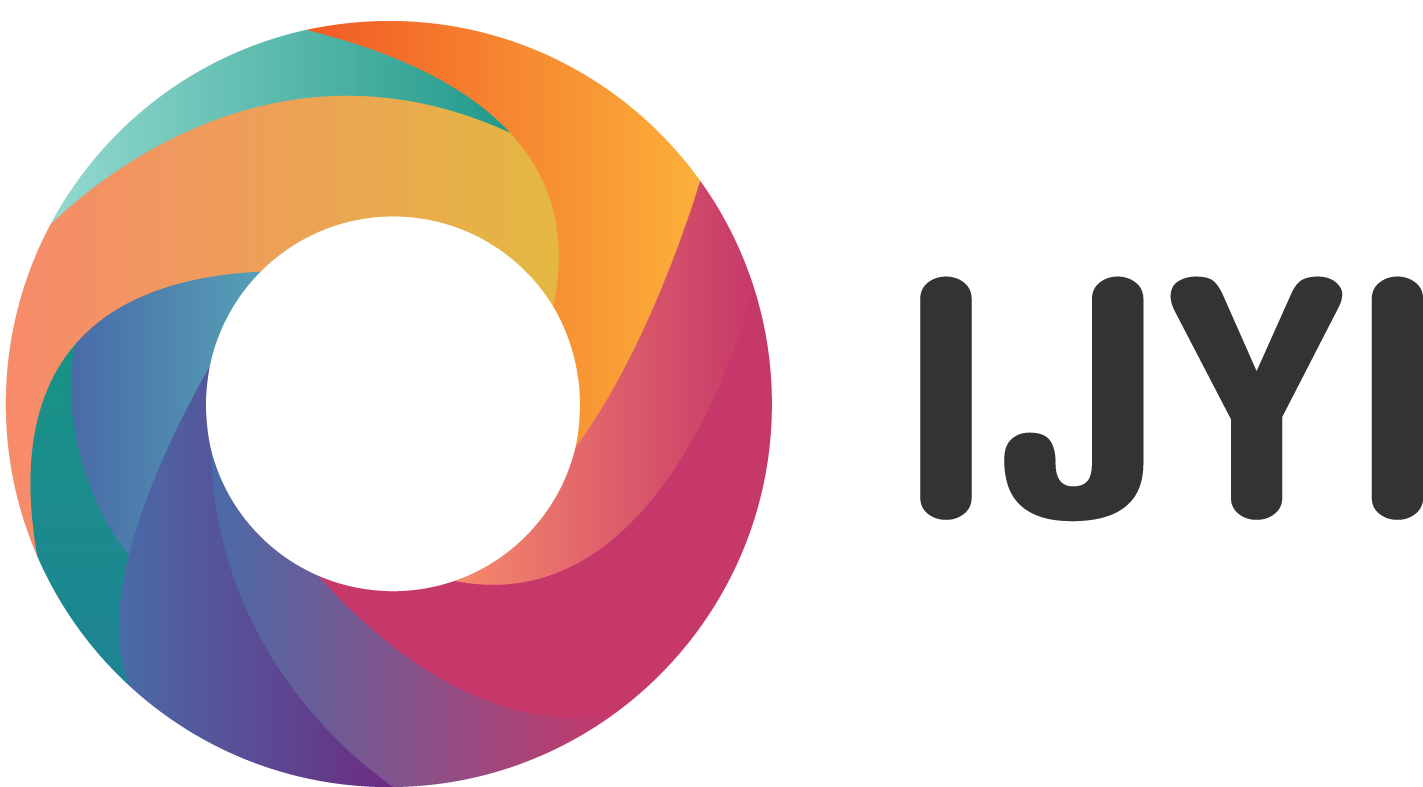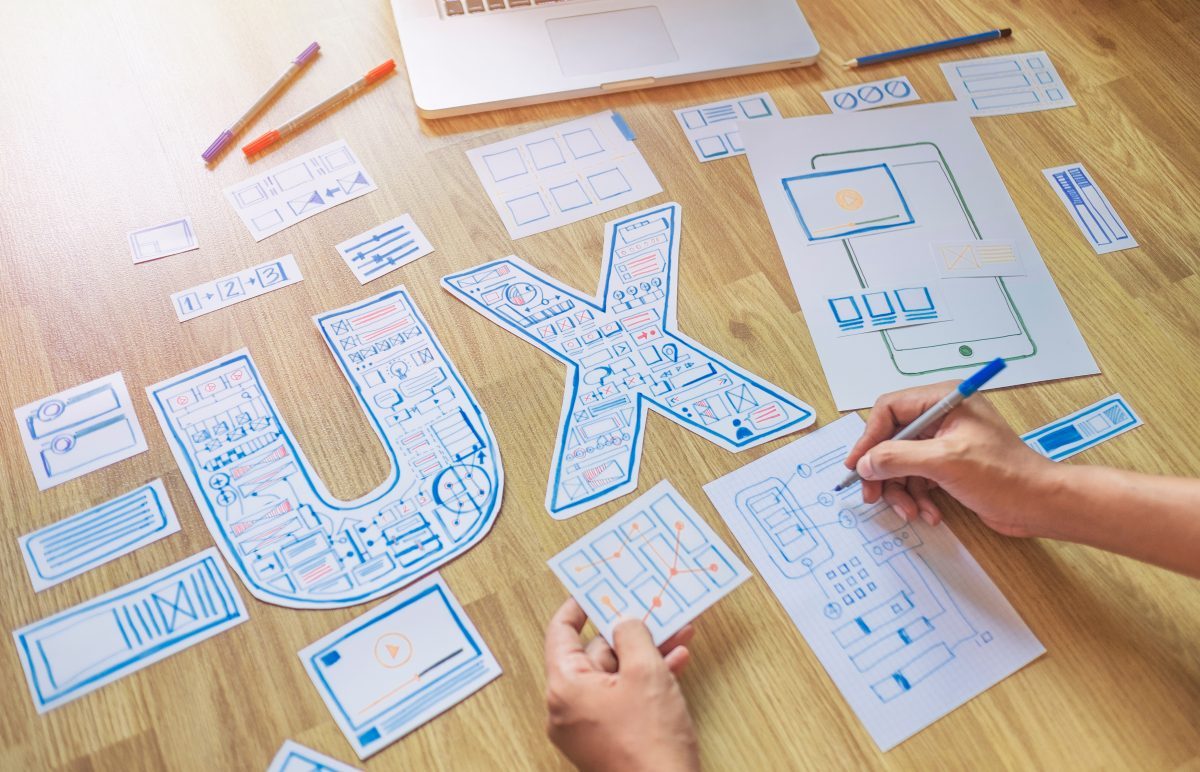UX is related to Human Centred Design (HCD), it’s about making something that’s desirable to the user (or customer), viable to the business, and feasible with the technology available. If you can aim to meet these three requirements, chances are you’ll create something great for everyone.
There are lots of benefits to Human Centred Design when building software. It assures your product will be easier to understand and use, reducing the costs of training and support. It reduces discomfort and stress on the end users and for the company, provides a competitive advantage, improving brand image. If your products are easy to use and work in a way that delights the user, they are more than likely to keep on with it – and even recommend it to others.
UX can therefore be thought of as an adaptation of HCD – tailored to the designing and building of often digital products and services. UX is not just about usability or just about the users though. It’s not the role of one person in the team or a step in the development process. UX is something that follows through every part of the method and should always be a priority. It’s all well and good making an amazing piece of software that can do anything, but if a user can’t work it – it’s all for nought.
Therefore, the UX designer is a crucial role in the team. Though having one title, they are very likely to take on many roles. Their work may also be that of a content strategist, interaction designer, visual designer and more beyond. When you have larger, more established UX teams, these roles may be spread to different people, with a UX Lead or UX Strategist paving the way with help from their colleagues.









About the author
IJYI Ltd
IJYI Ltd.